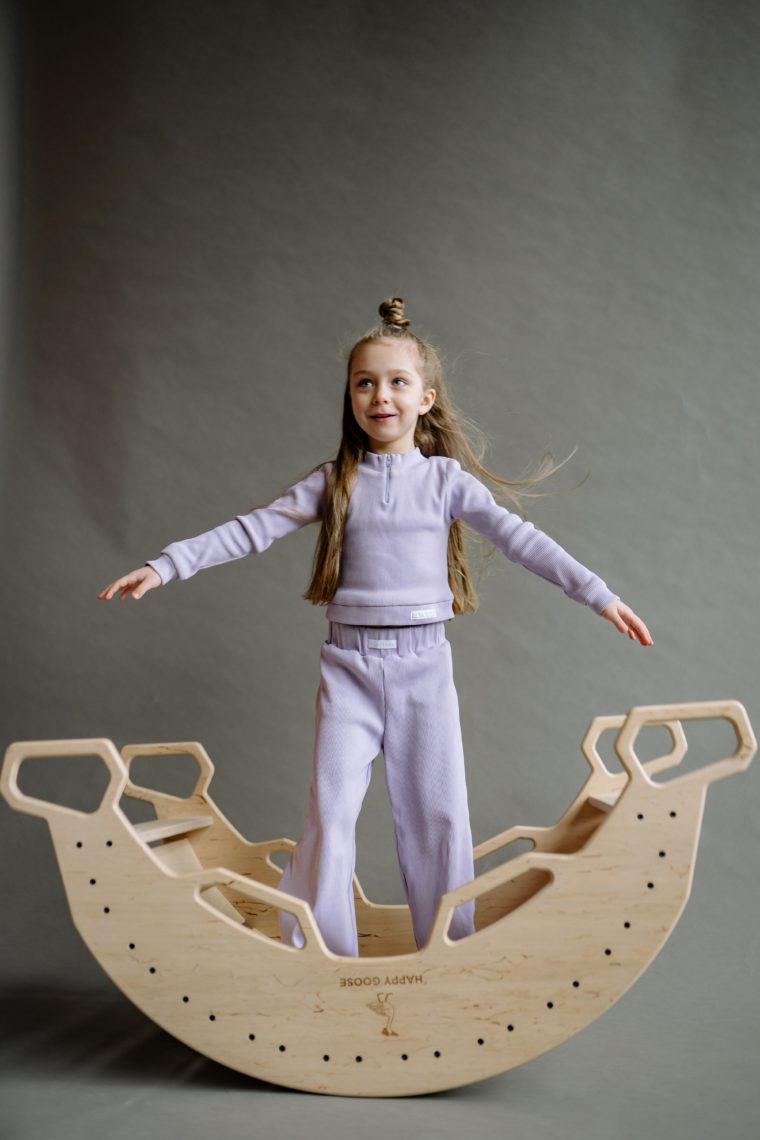Learning to read is vital for every child.

But did you know that there’s a secret to reading fluency? It’s all about balance.
The way they move their body affects how well your child’s brain develops and helps them think and learn.
The vestibular system is in the ear. It sends information from the nervous system to the eyes. This is what helps control the movement of your child’s eyes when they read. If your child’s vestibular system is out of balance, it can impact their ability to read fluently.
But balance involves more than just the vestibular system. The main sensory systems involved in balance are vestibular, proprioception, visual, and auditory. Balance is very important for movement, thinking, and learning. This is because it is the foundation for all skills.
If a child’s balance, movement, thinking, and learning abilities are weak or underdeveloped, it can affect their reading skills. This is because these abilities are all related.
Neurologists have found that a child’s command over their body shows their potential academic success. This means that if your child has good balance, they’re more likely to be successful in reading.
Children who struggle to read tend to have difficulty with balance and movement.
When it comes to reading fluency, many parents focus on the mechanics of reading: phonemic awareness, decoding skills, and vocabulary. However, it is possible to improve brain and body connections at any age by helping your child to balance and move.
So, if you have a child who is struggling with reading fluency, vestibular dysfunction may be to blame. Being able to read fluently and accurately, with good expression and comprehension, requires a lot of things. Your child’s eyes, ears, and body need to be working together well. They also need to be able to focus well and remember what they’re reading. All of this starts with balance.
Symptoms of vestibular dysfunction include:
- Poor balance
- Dizziness
- Eye-tracking problems
- Difficulty with reading or other schoolwork
So how can you help your child develop good balance? There are many ways, but one of the best is through vestibular exercises. These exercises help to improve a child’s vestibular function and can ultimately lead to better reading Fluency.
If you think vestibular therapy may be right for your child, talk to their doctor and find a vestibular therapist in your area.

I didn’t read much as a kid, but am an avid reader now. I have never thought of reading as exercising, but this all makes sense
There are so many things we did not know. I’m grateful for the neuroscientists and educational researchers who have spent the time and effort to increase our knowledge of how to teach children with various types of brains and skill levels.
Thank you, Florence for educating us on this topic! I have three children and have worked as a school therapist in the past and did not know the information you shared in your post. I love learning new things. Knowledge is truly power! Thank you for what you do!!
You’re welcome, Karen. I’m blessed to share the knowledge I’ve acquired working at home with my dyslexic daughter and as a school-based speech-language pathologist with children with learning challenges.